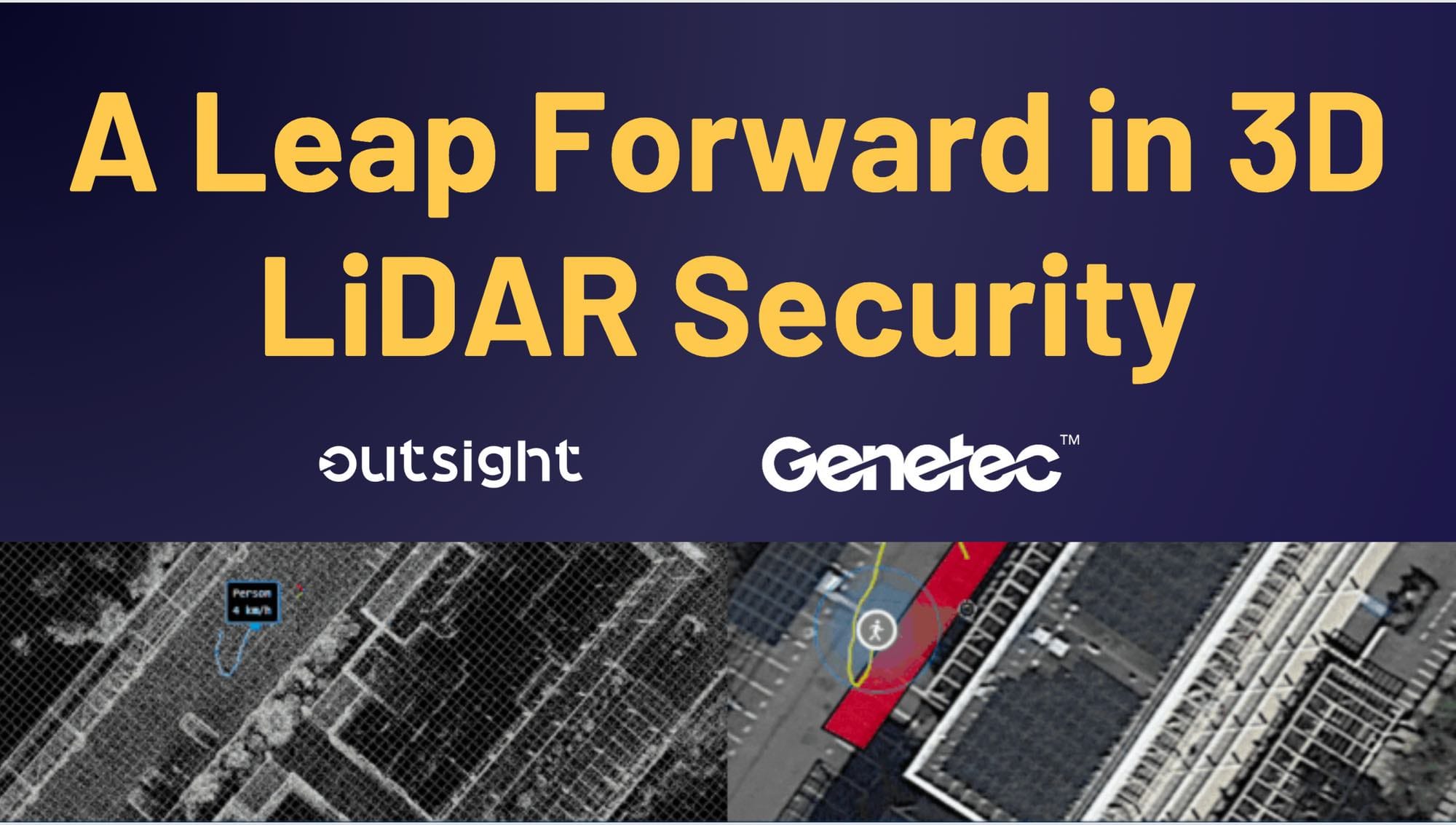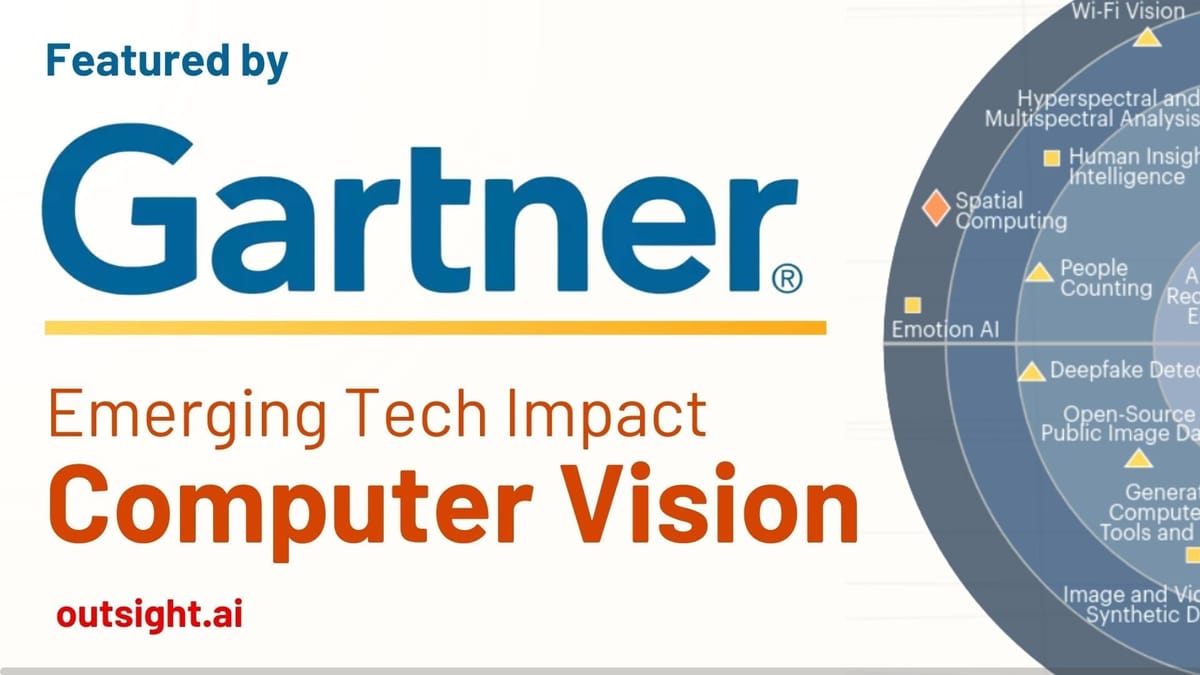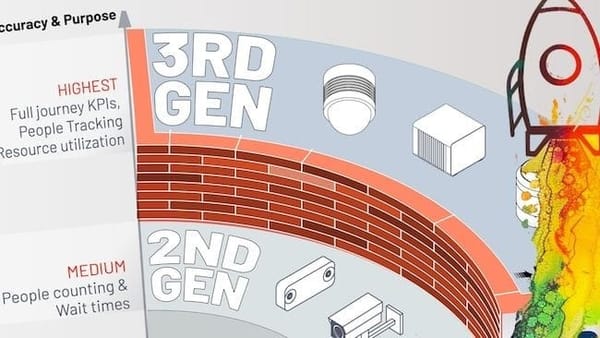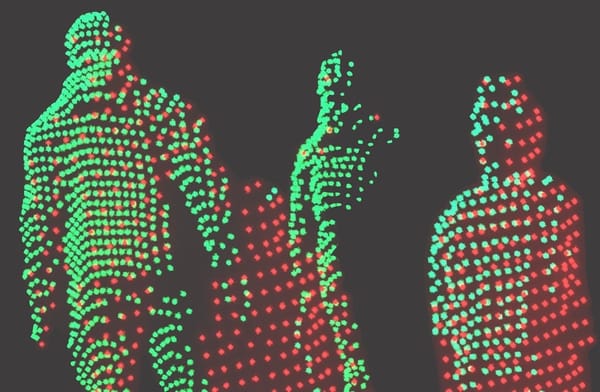How LiDAR Technology Enhances Modern Sports Venues
LiDAR technology transforms sports venues by enabling real-time crowd management, optimized security, and efficient resource allocation for a seamless fan experience.
Introduction
Sports venues face unique challenges in managing large crowds, ensuring safety, and delivering a memorable experience to every attendee. Traditional monitoring solutions often struggle to provide the accuracy or real-time insights needed at scale.
LiDAR (Light Detection and Ranging) stands out as the most advanced technology for capturing detailed 3D spatial data. Its ability to deliver precise information about people’s movements—without compromising privacy—makes it an essential tool for venue operators seeking actionable insights.

Real-Time Crowd Monitoring and Flow Management
Managing the flow of thousands of spectators is a complex task that requires both accuracy and speed. Unlike cameras or manual counting methods, LiDAR provides real-time 3D data on how people move through entrances, concourses, seating areas, and exits.
With this level of detail:
- Venue managers can identify choke points before they become problematic.
- Staff deployment becomes more responsive during peak arrival or departure times.
- Emergency evacuation routes are continuously monitored for obstructions or unusual patterns.
By leveraging these capabilities, sports venues improve both safety outcomes and fan satisfaction throughout events.
Optimizing Venue Security with LiDAR
Security is paramount in any large gathering space. Traditional surveillance systems often rely on video feeds that require constant human attention—and may miss subtle changes in crowd behavior.
LiDAR’s precision allows security teams to detect anomalies such as unauthorized access attempts without collecting personal identifying information from attendees. This supports privacy while maintaining vigilance across sensitive areas like VIP sections or restricted zones.

This shift enables:
- Faster identification of suspicious activity.
- Automated alerts when predefined thresholds are exceeded.
- Improved coordination between physical security teams using objective spatial data instead of subjective reports alone.
Operational Efficiency and Resource Allocation
Efficient operations depend on knowing where resources are needed most—from cleaning crews after halftime rushes to concession stand staffing during intermissions.
LiDAR-generated analytics help venue operators allocate personnel dynamically based on actual usage patterns rather than fixed schedules or estimates derived from ticket sales alone. This reduces waste while ensuring high-touch service where demand peaks unexpectedly.
Key operational improvements include:
- Realigning staff shifts according to live occupancy trends.
- Targeted maintenance scheduling based on footfall intensity.
- Minimizing wait times at key amenities through predictive modeling informed by historical movement data.

These benefits translate into cost savings as well as improved guest experiences across all touchpoints within the venue environment.
Enabling Physical AI for Enhanced Fan Experience
Physical AI refers to systems that interpret sensor-derived physical world data—such as those collected via LiDAR—to automate responses within built environments like sports venues.
By combining machine learning algorithms with accurate spatial inputs, these platforms adapt services dynamically throughout each event day:
Applications include:
- Personalized wayfinding recommendations delivered via mobile apps.
- Automated lighting adjustments responding instantly when certain areas reach capacity limits.
- Queue management systems adjusting open service counters based on live demand projections.
The result is a smoother journey from entrance gate through every aspect of the fan experience—supported invisibly by intelligent infrastructure working behind the scenes.
Spatial Intelligence: Unlocking Data for Decision Makers
Beyond immediate operational gains lies another advantage: long-term planning driven by comprehensive Spatial Intelligence datasets gathered over multiple seasons.
Venue executives use aggregated movement maps generated by solutions like Outsight's not only for post-event analysis but also strategic renovations:
Benefits realized include:
- Evidence-based investment decisions grounded in objective usage statistics
- Scenario modeling under different event types (concert vs playoff game)
- Benchmarking against industry standards using anonymized comparative metrics

This approach ensures capital improvements align closely with actual user needs—not just assumptions made prior construction.
Conclusion: The Future of Sports Venues with LiDAR
As expectations rise among fans—and regulatory requirements grow more stringent—the need for reliable insight into how spaces function has never been greater.








